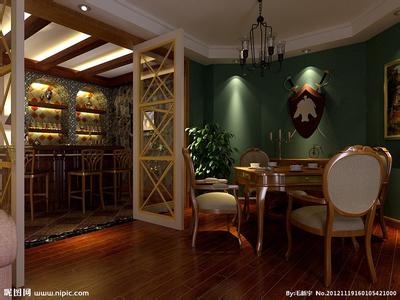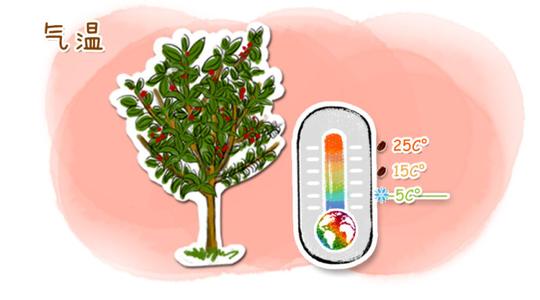A brief introduction to the varieties of Columbia Linglong flavor coffee beans produced by the method of taste treatment
A brief introduction to the varieties of Columbia Linglong flavor coffee beans produced by the method of taste treatment
Colombia has three Codiera mountains running north and south, right into the Andes. Coffee is grown along the highlands of these mountains. The mountain steps provide a diverse climate, where the whole year is the harvest season, and different kinds of coffee ripen at different times. And fortunately, unlike Brazil, Colombia doesn't have to worry about frost. Colombia has about 2.7 billion coffee trees, 66% of which are planted in modern plantations and the rest on small traditional farms.
Colombian coffee is famous for its boutique quality, soft taste and high taste. It all depends on the fact that the right climate in Colombia provides a real "natural pasture" for coffee. And the coffee varieties planted are mainly high-quality Arabica varieties. Coffee trees in Colombia are mainly cultivated in the Andes, on steep slopes about 1300 meters above sea level, where the annual temperature is about 18 degrees Celsius, annual rainfall is 2000 to 3000 millimeters, latitude 1 °- 11 °north, longitude 72 °- 78 °west, and 2000 meters above sea level. These conditions are very suitable for the growth of coffee, coupled with a mild climate, humid air, and can be harvested regardless of season. Therefore, this is why Colombian coffee is of high quality and enjoys a high reputation in the world.
Colombia has three Codiera mountains running north and south, right into the Andes. Coffee is grown along the highlands of these mountains. The mountain steps provide a diverse climate, where the whole year is the harvest season, and different kinds of coffee ripen at different times. And fortunately, unlike Brazil, Colombia doesn't have to worry about frost. Colombia has about 2.7 billion coffee trees, 66% of which are planted in modern plantations and the rest on small traditional farms.

Important Notice :
前街咖啡 FrontStreet Coffee has moved to new addredd:
FrontStreet Coffee Address: 315,Donghua East Road,GuangZhou
Tel:020 38364473
- Prev

Colombia Coffee Plantation Region Taste Grind Scale Flavor Description Treatment Variety
Colombia coffee plantation production area taste grinding scale flavor description processing method varieties Colombia coffee has maintained a high quality. Colombia coffee beans, which usually do not have a special market brand name, come from the Colombia national federation of colombia coffee growers, a very large federation, horizontal
- Next

A detailed introduction to the step diagram of the brewing proportion of Panamanian butterfly coffee beans
A detailed introduction to the step diagram of the brewing proportion of Panamanian butterfly coffee beans the Baru Volcano volcano brings quite fertile soil, towering terrain, cold and humid air, different sunshine, abundant rainfall, and rivers flow through it, creating high-quality Panamanian boutique coffee. This batch of coffee comes from the same producing area as the Jade Manor, which happens to be located in Lianlian.
Related
- Detailed explanation of Jadeite planting Land in Panamanian Jadeite Manor introduction to the grading system of Jadeite competitive bidding, Red bid, Green bid and Rose Summer
- Story of Coffee planting in Brenka region of Costa Rica Stonehenge Manor anaerobic heavy honey treatment of flavor mouth
- What's on the barrel of Blue Mountain Coffee beans?
- Can American coffee also pull flowers? How to use hot American style to pull out a good-looking pattern?
- Can you make a cold extract with coffee beans? What is the right proportion for cold-extracted coffee formula?
- Indonesian PWN Gold Mandrine Coffee Origin Features Flavor How to Chong? Mandolin coffee is American.
- A brief introduction to the flavor characteristics of Brazilian yellow bourbon coffee beans
- What is the effect of different water quality on the flavor of cold-extracted coffee? What kind of water is best for brewing coffee?
- Why do you think of Rose Summer whenever you mention Panamanian coffee?
- Introduction to the characteristics of authentic blue mountain coffee bean producing areas? What is the CIB Coffee Authority in Jamaica?

